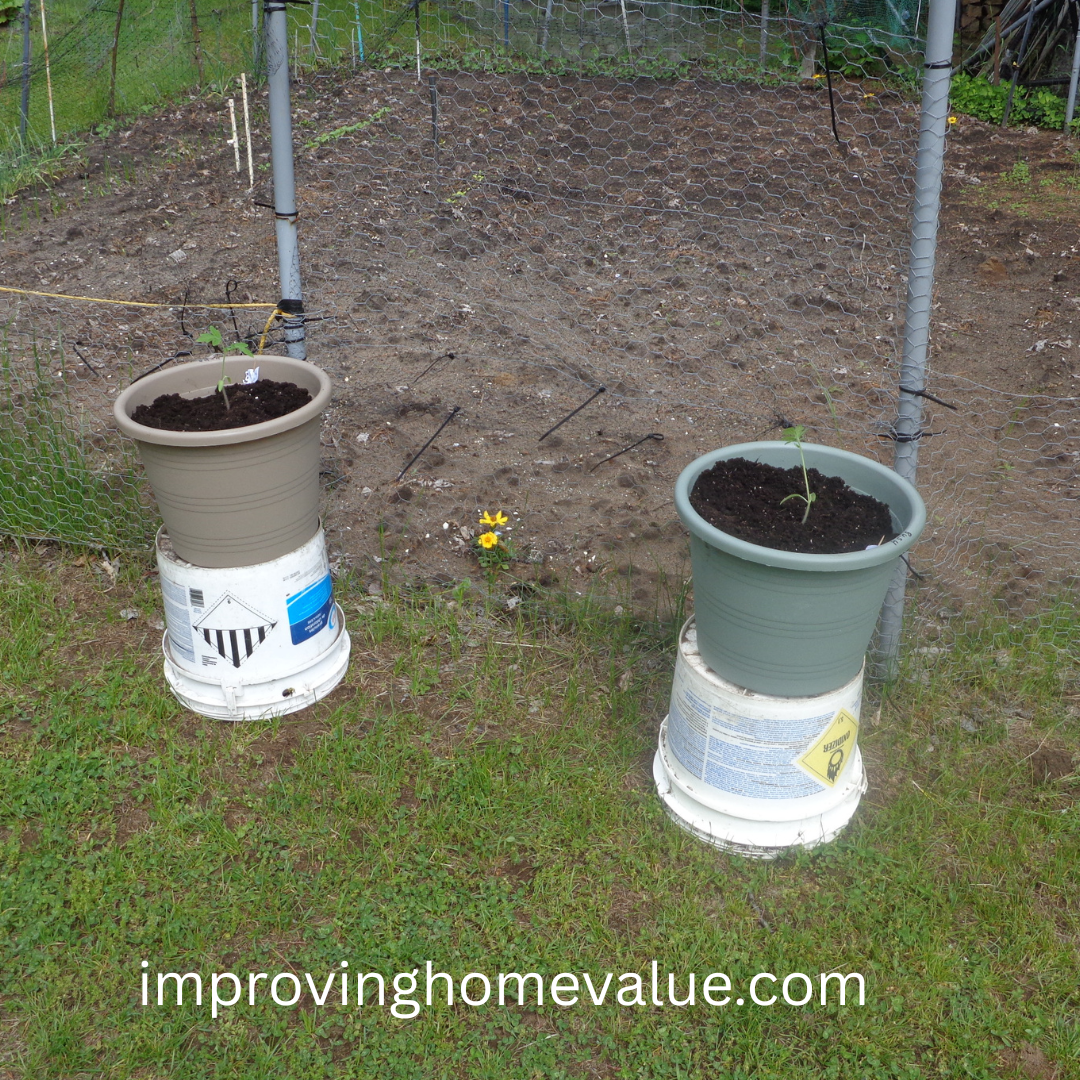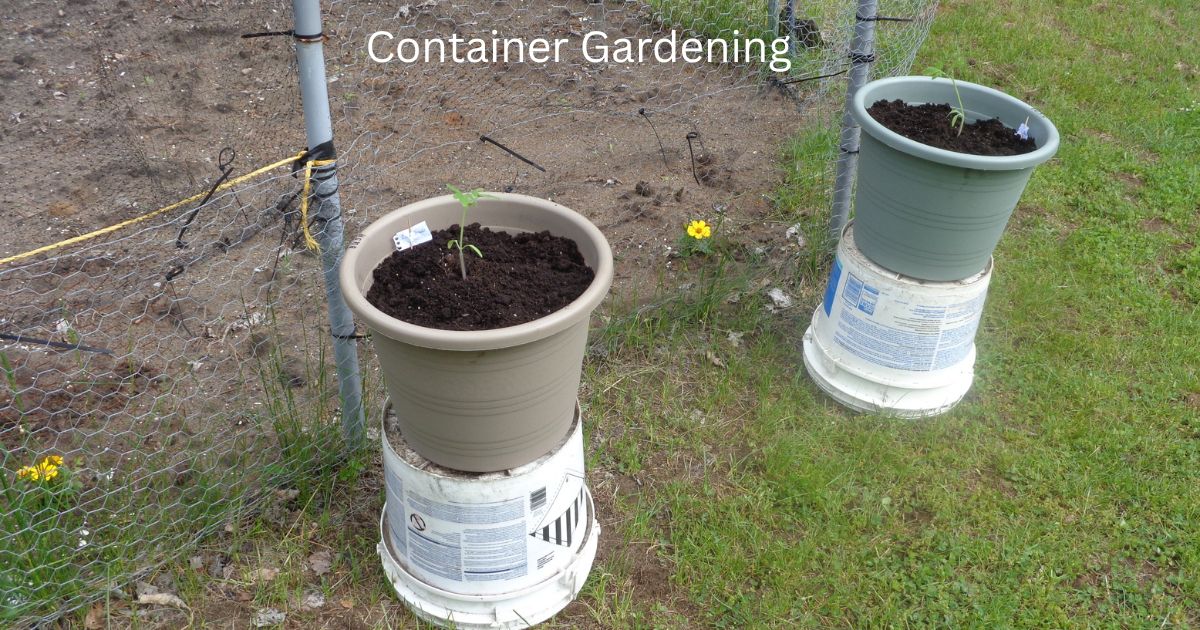Picking out containers for your veggies isn’t just about grabbing any old pot and calling it a day. The size, height, width, and shape of your containers hugely impact your garden’s success.
When thinking about size, consider what you’re planning to grow. Bigger veggies like tomatoes or zucchini need more room—a five-gallon container at the very least. On the other hand, smaller crops like herbs or radishes can get by with less space.
Height matters too, especially with root-hugging plants. For instance, carrots and potatoes love to stretch out downward, so deeper pots are the way to go. A good rule of thumb is matching the plant’s potential growth with a compatible container height.
Now, let’s talk width. Wider containers can house multiple plants, allowing roots more room to breathe. This can lead to better growth and healthier plants. Choose wide, shallow containers if you’re planting something like lettuce or spinach. They don’t mind sharing their digs with others.
Shapes aren’t just about style. Tall and skinny? Great for basil or rosemary. Short and wide? Perfect for lettuces and herbs. The key is providing enough space for roots to spread and soak up nutrients.
Think about the material of your containers. Clay pots are breathable, but they dry out fast. Plastic might hold moisture, but can overheat if left in the sun. Metal looks sleek but may roast your roots if you’re not careful. It’s all about finding that happy medium between aesthetics and practical function.
Soil, Water, and Nutrients: Creating the Perfect Growing Environment
Getting the right soil is crucial for container gardening success. Opt for lightweight potting mixes. These provide good drainage and aeration, unlike garden soil which can harden and suffocate roots in pots.
Focus on soil that retains moisture without turning soggy. A good potting mix usually contains peat moss, vermiculite, or perlite. These ingredients help keep everything airy and light, which your plants will love.
Understanding the pH level of your soil can influence plant health. Most veggies prefer slightly acidic to neutral pH. If you’re starting out, you don’t need to worry too much, but as you get more into it, testing kits can come in handy, and can be found at most garden centers or your local hardware stores.
Fertilizer is like plant food, and you’re the chef. For leafy greens, go for a nitrogen-rich blend. Fruiting plants like tomatoes benefit from phosphorus-rich fertilizers. Stick with balanced, slow-release options to avoid overloading.
Watering can be tricky. Containers dry out faster than garden beds, so you might need to water daily in hot weather. Check the top inch of soil to decide when it’s time to water. But watch out for overwatering—make sure your pots have drainage holes to prevent root rot.
Keep an eye on drainage to avoid waterlogged roots. Elevate pots with saucers or stands for proper runoff. This little step makes a big difference in ensuring your plants stay happy, and you might even put some small stones in the bottom of your container to prevent the drainage holes from clogging up.

Best Vegetables for Container Gardening: From Seeds to Established Plants
Choosing the right vegetables for your container garden can be a game-changer. Compact varieties are usually the way to go when space is limited. Tomatoes, peppers, and lettuce are crowd favorites because they adapt well and produce generously in pots.
If you’re wondering whether to start with seeds or small plants, it depends on your patience and experience. Seeds cost less and provide a rewarding challenge, but they need careful nurturing. Pre-started plants offer quicker gratification, perfect if you’re itching for a speedy harvest.
When sowing seeds, a shallow depth goes a long way. Most seeds should be planted at a depth twice their size. Use a gentle hand when covering them with soil, ensuring they get enough light and warmth. Seedlings need regular checking for moisture; keeping them just right enhances their growing success.
Transplanting into containers requires a gentle touch. Once your seedlings are hardy with a few true leaves, carefully move them to their new digs. Avoid disturbing the roots too much so they can establish themselves quickly in their new home.
To get more from your container garden, consider staggered planting. This means sowing seeds or transplanting in intervals, so you get a steady stream of produce. It keeps your garden productive and your kitchen stocked with fresh options all season long.
Wishing you all the best with your container gardening this year.
